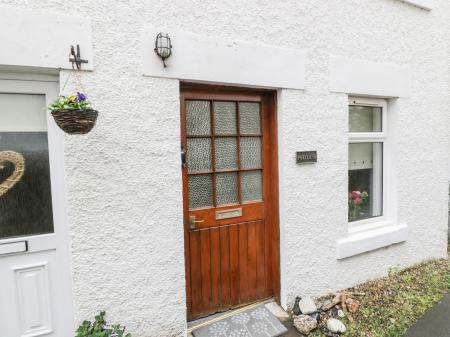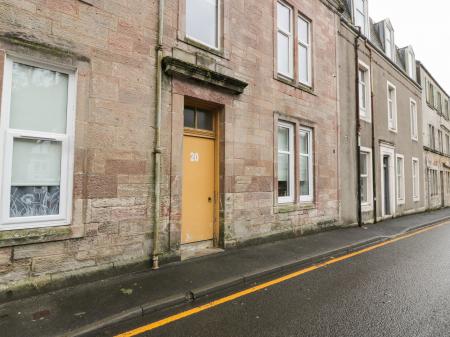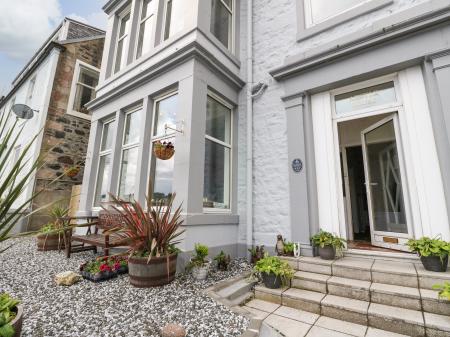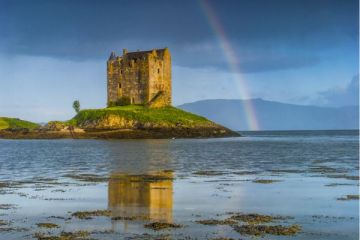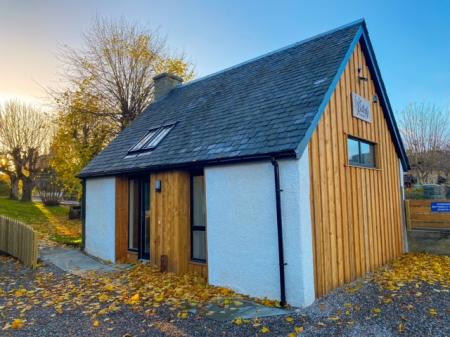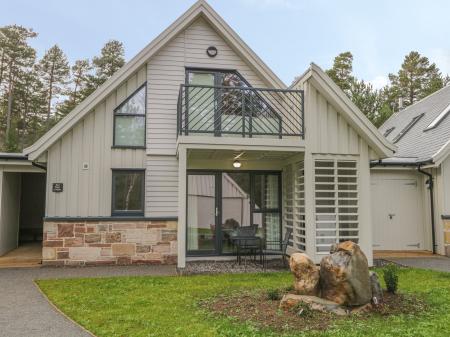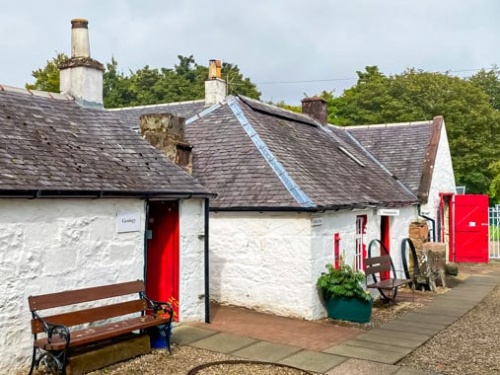
What to See
The museum is located at Rosaburn, on a site once occupied by a small school. In 1976 a group of historic buildings were converted into a museum of local heritage, covering Arran's geology, archaeology, and social history. See an original bothy, farmhouse, cottage, laundry, stables, coach house, harness room, and croft house.
Exhibitions tell the story of Arran in wartime and take a look at local systems of weights and measures. There is a special section on the devastating Highland Clearances and how they affected island life, as well as a large photo archive to take a glimpse into Arran's past.

Arran Archaeology
The Archaeology Room tells the story of the Clachaig Man, a Neolithic skull discovered in a burial cairn on Arran in 1900. Though the skull itself is at the Hunterian Museum in Glasgow, you can see a complete reconstruction of what he would have looked like, based on the skull remains and computer modelling. In addition, there are finds from Neolithic and Bronze Age sites across the island.
Another highlight is a scale model of a Viking boat burial excavated at King's Cross Point.

Geology
It seems only appropriate that the Heritage Museum has a large section on Geology, for it was here on Arran that James Hutton, the 'Father of Modern Geology' developed his Theory of the Earth, changing how scientists thought about the formation of land masses and geological deposits that shape the Earth as we know it.
Hutton studied rock formations at Newton Shore, on the very northeastern tip of the island, and developed a new theory of 'unconformity' based on how different layers showed evidence of erosion and others showed the formation of mountain renewal.
You don't have to be a geologist to enjoy the museum! The cluster of restored authentic buildings, crammed with objects from everyday life, offer a glimpse into life on the island. There are also special events, such as craft days, and tractor rallies, as well as a cafe and shop selling local crafts and produce.

Museum Highlights
The Smiddy
Historical records suggest that the smiddy began in the 1860s and was in use until the 1960s, a century later. The smiddy building houses three separate forges, two larger ones for the blacksmith and a smaller one near the doorway that was used for crafting and maintaining mason's tools.
Most of the blacksmith tools you see on display are original, and many were made here in the smiddy. Look for the original beam drill. Along with the ironworking tools are woodworking tools used by a cartwright.
Shoeing Shed
This was the original schoolhouse, founded in the 1770s. Here students were taught practical skills like navigation, in addition to more standard subjects. TheShoeing Shed now displays horse harnesses and peat-cutting tools along with historical artefacts from the local post office.

The Roadside Cottage
Opposite the Smiddy is a 19th-century cottage, furnished to show what it might have looked like in the early years of the 20th century. The cottage was built to serve as the farm's cart-house and stable but was later converted into living quarters, though it was never supplied with running water.
The cottage roof is made of slates quarried at Ballachulish and you can see original exposed beams on the upper floor. The attic bedroom features a homemade dressing table, a 'kist' (chest) for storing blankets, and an original rag rug to add colour.

One lovely touch in the downstairs parlour is a shawl that lies on a chair by the fire. This very shawl can be seen in an old photo of an elderly woman on the nearby wall.
The kitchen is furnished with authentic utensils found locally, including collections of plates and bowls, and kitchen implements such as a soda siphon, stone jars, and a fascinating child's high chair that can be converted into a rocker. Attached to the kitchen is a wash house, with mangles, a wringer washer, and a shoemaker's last used for repairing the family's boots!
Behind the Cottage is the Milk House, where fresh milk was stored and processed to create butter, cream, and buttermilk.
Stable Block
The stables were built in the late 19th century to house a team of six horses, and to provide storage space for harnesses as well as three vehicles; a one-horse wagonette, a two-horse wagonette, and a brougham. Part of the stables has been converted to serve as the museum archives and to provide space for the genealogy records.

The Grounds
Stretching to the banks of Rosa Burn, the museum grounds are full of interest. Here you will find numerous examples of larger farm machinery, including a 'Bisset Binder', made to cut and bind sheaves of corn in one operation. This was the only commercially-built Scottish binder.
Other farm machinery on show includes a hay rick and a fascinating hay rake made with a swivel joint so the raking arms could be rotated to pass through narrow farm gates.
Look for the British-American memorial, a reminder of those who tragically lost their lives in wartime crashes on Arran.
Getting There
The Arran Heritage Museum is on the A841 immediately north of Brodick, on the south bank of Rosa Burn. A pedestrian pavement follows the road, making it an easy task to walk to the museum from central Brodick.
 We've 'tagged' this attraction information to help you find related historic attractions and learn more about major time periods mentioned.
We've 'tagged' this attraction information to help you find related historic attractions and learn more about major time periods mentioned.